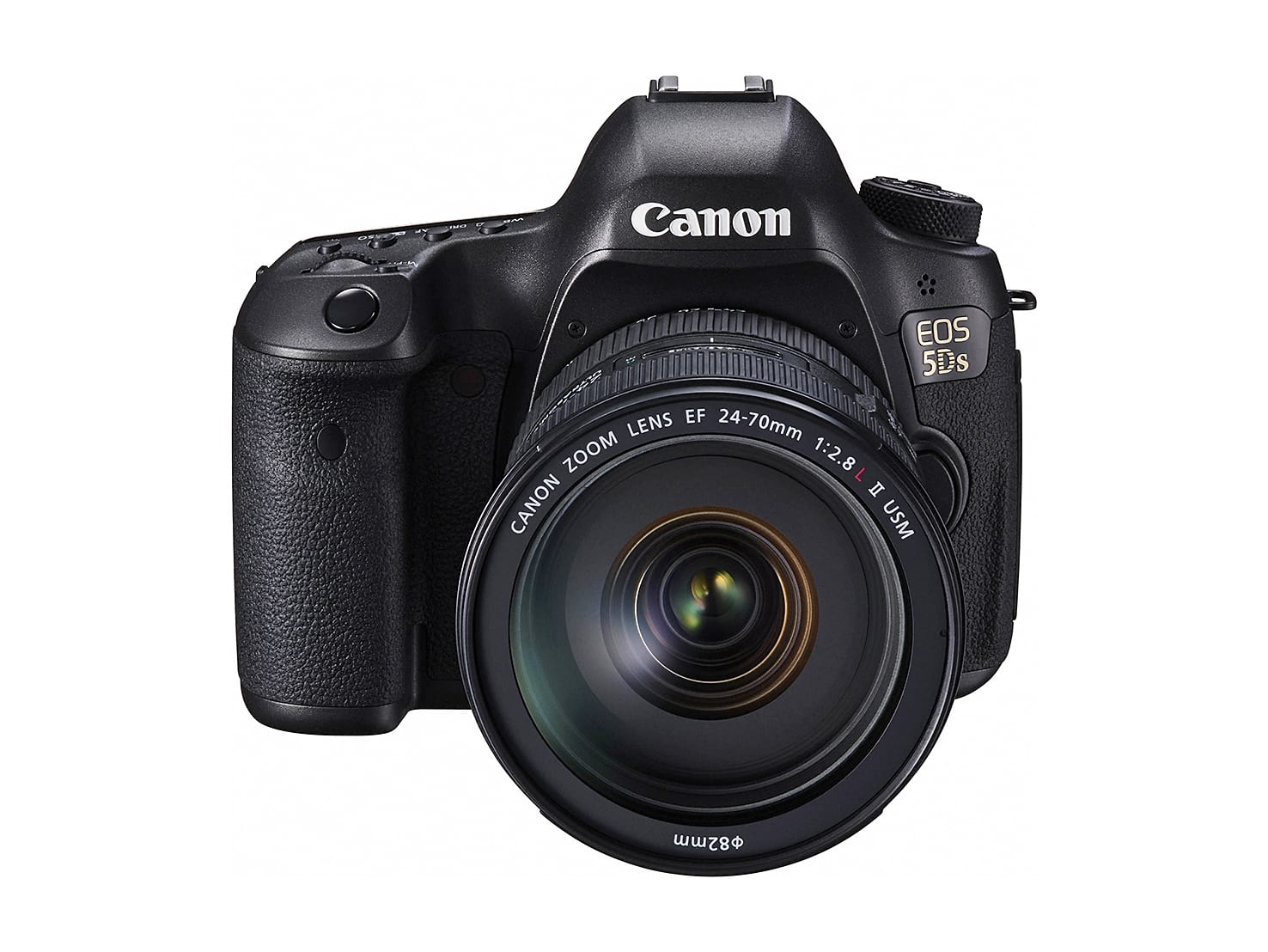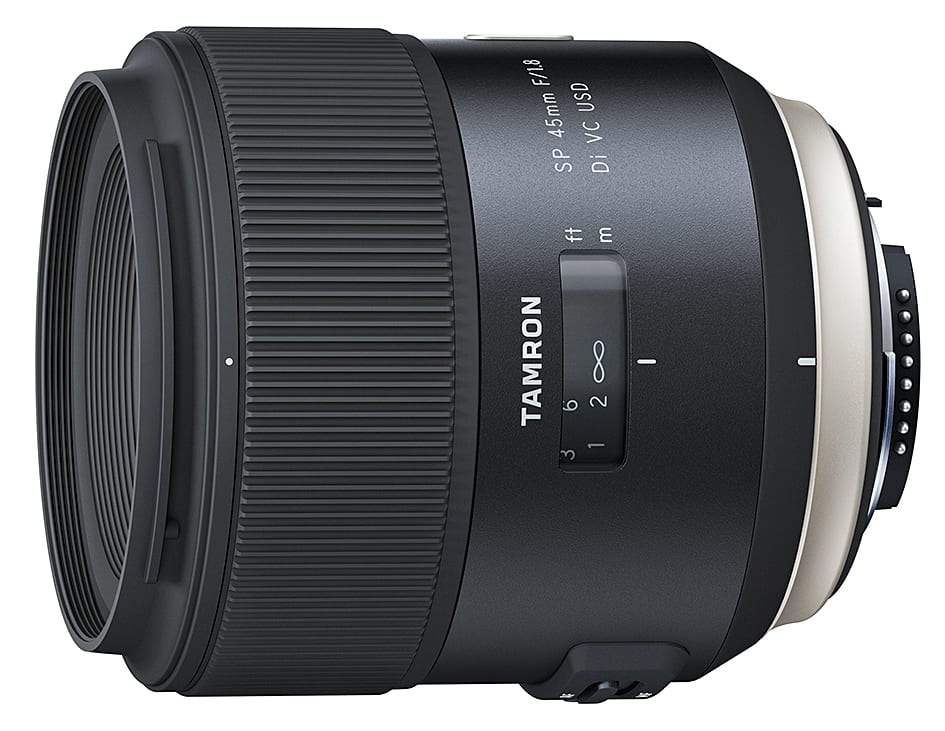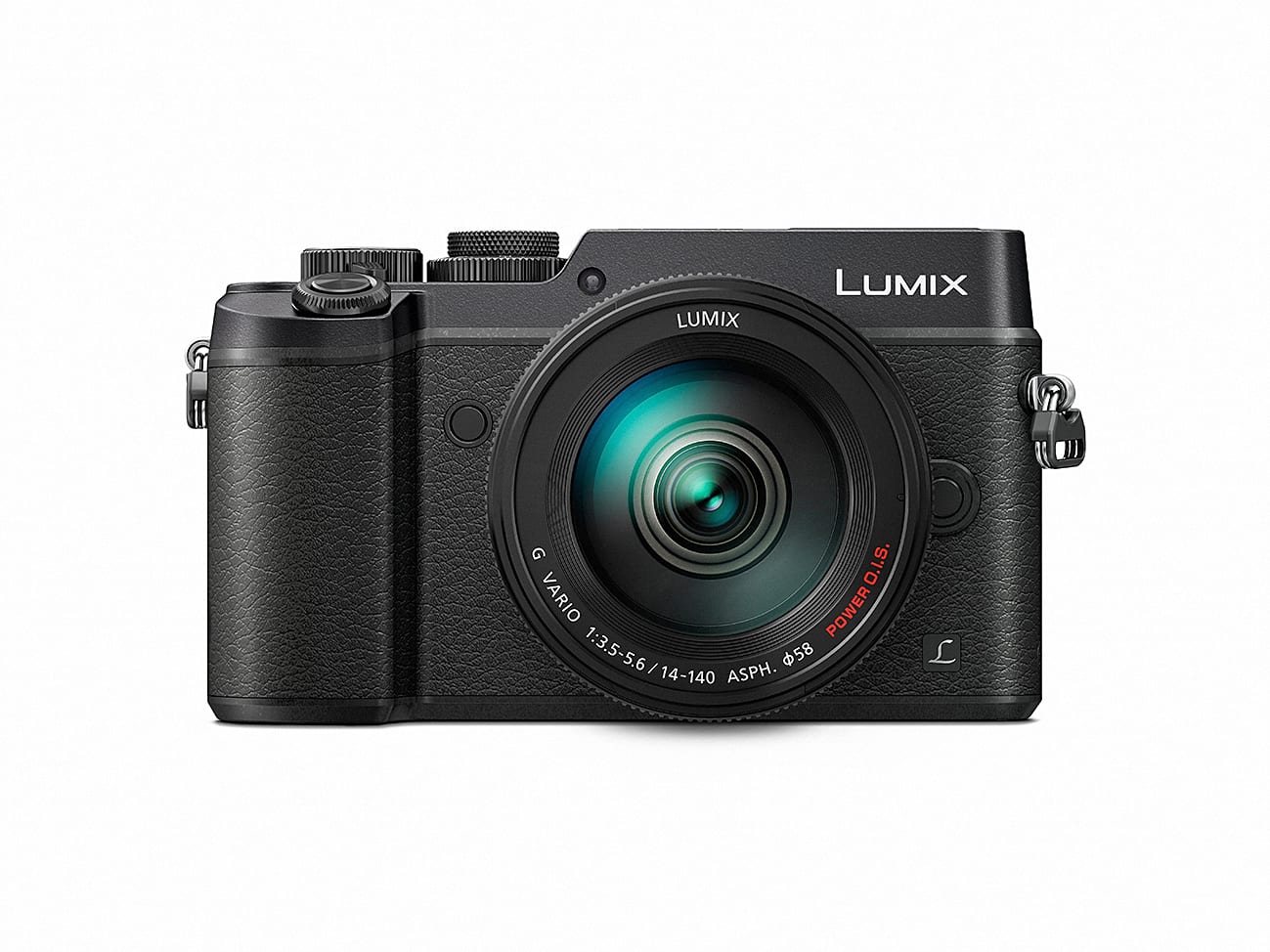Canon EOS 5DS and 5DS R

DSLR systems jumped the medium format resolution bar with the 51-megapixel Canon EOS 5DS and its sharper sibling, the 5DS R, arriving in summer to steal Sony’s 42-megapixel BSI-CMOS crown. The 5DS has a conventional anti-aliasing (low pass) filter where the R has a design to reduce the softening effect. Both models (priced around £2000) can record full-frame raw or JPEG images at 28- or 12-megapixels to optimise workflow. Based on the lighter-weight 5D design, they are aimed at high-quality studio, landscape, portrait and similar applications, not news, sports or rapid-fire weddings and events. Dual processors feed twin SDXC and UDMA-CF cards up to 5fps for 14 raw files, video is HD1080p, and unexpanded ISO tops out at just 6400.
Tamron SP 35mm and 45mm f/1.8

Tamron’s unexpected entry into the ‘prime’ lens market came with two unexpected focal lengths, 35mm and 45mm. To date, the empha- sis has been on very fast 35mm lenses (f/1.4 from Canon, Nikon, Sigma and Sony), so an f/1.8 lens has to offer something else. As for 45mm lenses, anything between 36mm and 49mm recently has been a pancake compact f/2.8 design. The two are similar, with 67mm filter threads, VC (image stabilisation) and ultrasonic silent USD autofocus.
Their strongest feature is close focusing. The 35mm manages 1:2.5 size at just 20cm, and it’s also extremely sharp over the APS-C format, which lets it fill the frame even more. It has a long focus throw of the front lens unit. The 45mm uses internal focusing and has better sharpness over full frame, focusing to 29cm with 1:3.4 scale. The prices are moderate at well under £500 each.
Sigma 20mm f/1.4
Still pioneering the extremes of lens design, Sigma introduced a 24-35mm f/2 full-frame zoom early in the year and followed up with a 20mm f/1.4. This is a world-first specification for a 20mm SLR lens (initially in Canon and Nikon fit as well as Sigma’s own) and gives the Japanese maker a line-up of f/1.4 lenses including 20mm, 24mm, 35mm, 50mm and 85mm, all recently redesigned to the ‘Art Global Vision’ specification. The camera mounts can be factory changed to move from one system to another, and firmware can be updated through a USB port. Designed for optimum full-aperture performance and to meet new higher-resolution sensor demands, the 20mm costs £849. It has a bulbous front element protected by fixed lens hood wings, so it’s not ideal for those who need to fit a filter holder. A special metal lens cap is sold as an accessory.
Elinchrom Skyport HS Hi-Sync
Elinchrom’s Skyport and Skyport Speed were in danger of becoming outdated. Though extremely small and reliable, backed up by the Mac/PC total studio control via a USB transmitter, they have been overtaken by the demand for ‘hypersync’ and on-camera control of lighting head power. Working with Phottix (of Odin trigger fame) and Sekonic (flash metering), Elinchrom introduced the larger £200 Skyport HS, which has an LCD display showing remotely adjustable settings on all RX-class Elinchrom heads or packs. Channel-specific programmable micro-delay in the trigger unit, along with measurement and display of the actual flash output curve, make the Skyport HS capable of timing high-speed shutter opening to catch the best plateau of flash output. Focal plane speeds up to 1/8000s can be used with most heads going back 10 years. Nikon and Canon fits launched the concept – with the sought-after Sony multifunction shoe to follow.
Panasonic Lumix DMC-GX8

Somehow often overlooked, the Lumix DMC-GX8 is the highest-resolution Micro Four Thirds camera on the market at the moment (20-megapixels), and offers a surprising amount of functionality and quality for its size. Styled after a 35mm rangefinder, the £850 camera features an incredibly flexible AF system that can be controlled via the rear screen whether your eye is to the viewfinder or you are shooting at arm’s length. The hinged viewfinder can operate as a waist level finder when flipped up, and provides a crystal-clear 2360k-dot impression of the scene to be shot.
The larger grip makes the camera less compact than the previous GX models, but at the same time improves the long-term handling of the body and makes it more suitable for the larger manual-focus lenses from other manufacturers, such as Voigtlander and Kowa, which those attracted by the GX8’s 4k video might want to use.
An ideal camera for still and moving documentary work, as it is quick to react and small enough to be discreet – and there are some excellent lenses.
For a limited time, you can subscribe to the British Journal of Photography for only £39 and get the best contemporary photography news, reviews and features. Offer ends 31st December 2015.
